![有機反應機理的書寫藝術 [The Art of Writing Reasonable Organic Re-action Mechanisms (2nd Edition)]](https://pic.tinynews.org/10921189/5398fcc9Nbd14dfc3.jpg)

具体描述
産品特色
編輯推薦
適讀人群 :學生和科研人員*經典的中級有機化學教程,一本基礎化學教育界不可多得的好書。
內容簡介
每一個滿懷抱負的有機化學傢都嘗試寫齣閤理的有機反應機理,然而市麵上的有關機理正確書寫的書籍卻寥寥無幾。《有機反應機理的書寫藝術》將幫助學生和科研人員提高這一重要技能。《有機反應機理的書寫藝術》的突齣特點體現在:正確的書寫形式,“常見錯誤提示”,配以大量的難度適宜的問題。其另一個特色是包含過渡金屬參與或催化的反應章節。相對新的課題,例如,烯烴復分解反應、芳香環化反應等在本《有機反應機理的書寫藝術》均有所涉及。全新修訂的第2版精彩呈現:更新的反應機理,芳香性的討論,酸性,立體化學的拓展,重新組織瞭自由基反應和金屬參與或催化的反應等內容,增加瞭新的問題。
精彩書評
“這是一部優秀並完美錶達的作品……作者……成功地將反應活性和選擇性的核,小觀點視為一個有機整體詳盡錶述 簡潔的文風,精選的實例……每一章末對要點簡明的概括,使得讀者很容易鞏固學到的知識……這本書不失為一個小小的藝術品。”——Jens Hartung ,Angewandte Chemie International Edition
“我使用該書教授學分課程已經三年時間瞭,學生們一緻對本書的透徹敘述和書中試題的覆蓋麵給予高度贊譽……正如本書的宗旨:教會學生準確寫齣陌生的有機反應的機理”
——Amy Howell,Synthesis
目錄
ContentsPreface to the Student v
Preface to the Instructor ix
1 The Basics 1
1.1 Structure and Stability of Organic Compounds 1
1.1.1 Conventions of Drawing Structures; Grossman's Rule 1
1.1.2 Lewis Structures; Resonance Structures 3
1.1.3 Molecular Shape; Hybridization 9
1.2 BrOnsted Acidity and Basicity 16
1.3 Kinetics and Thermodynamics 20
1.4 Getting Started in Drawing a Mechanism 22
1.5 Classes of Overall Transformations 25
1.6 Classes ofMechanisms 26
1.6.1 Polar Mechanisms 27
1.6.2 Free-Radical Mechanisms 38
1.6.3 Pericyclic Mechanisms 41
1.6.4 Transition-Metal-Catalyzed and Mediated -Mechanisms 42
2 Polar Reactions under Basic Conditions50
2.1 Substitution and Elimination at C(sp3)-Bonds, Part I 50
2.1.1 Substitution by the SN2 Mechanism 51
2.1.2 β-Elimination by the E2 and Elcb Mechanisms 53
2.1.3 Predicting Substitution vs Elimination 56
2.2 Addition of Nucleophiles to Electrophilic 7r Bonds 58
2.2.1 Addition to Carbonyl Compounds 58
2.2.2 Conjugate Addition; The Michael Reaction 67
2.3 Substitution at C(sp2)-X u Bonds 69
2.3.1 Substitution at Carbonyl C 69
2.3.2 Substitution at Alkenyl and Aryl C 74
2.3.3 Metallnsertion; Halogen-Metal Exchange 78
2.4 Substitution and Elimination at C(sp3)-X cr Bonds, Part II 80
2.4.1 Substitution by the SRNl Mechanism 80
2.4.2 Substitution by the Elimination-Addition Mechanism 81
2.4.3 Substitution by the One-Electron Transfer Mechanism 82
2.4.4 Metallnsertion; Halogen-Metal Exchange 83
2.4.5 α-Elimination; Generation and Reactions of Carbenes 84
2.5 Base-Promoted Rearrangements 87
2.5.1 Migration from C to C 88
2.5.2 Migration from C to O or N 90
2.5.3 Migration from B to C or O 91
2.6 Two Multistep Reactions 92
2.6.1 The Swern Oxidation 92
2.6.2 The Mitsunobu Reaction 94
3 Polar Reactions Under Acidic Conditions105
3.1.1 Carbocation Stability 106
3.1.2 Carbocation Generation; The Role of Protonation 109
3.1.3 Typical Reactions ofCarbocations; Rearrangements 112
3.2 Substitution and p-Elnuination Reactions at C(sp3)-X 117
3.2.1 Substitution by the SNl and SN2 Mechanisms 117
3.2.2 β-Elimination by the El Mechanism 120
3.2.3 Predicting Substitution vs Elimination 122
3.3 Electrophilic Addition to Nucleophilic C=C 7r Bonds 122
3.4 Substitution at Nucleophilic C=C 7r Bonds 125
3.4.1 Electrophilic Aromatic Substitution 125
3.4.2 Aromatic Substitution of Anilines via Diazonium Salts 129
3.4.3 Electrophilic Aliphatic Substitution 131
3.5 Nucleophilic Addition to and Substitution at Electrophilic π Boods 132
3.5.1 Heteroatom Nucleophiles 132
3.5.2 Carbon Nucleophiles 136
4 Pericyclic Reactions 148
4.1.1 Classes ofPericyclic Reactions 148
4.2 Electrocyclic Reactions 156
4.2.1 Typical Reactions 156
4.2.2 Stereospecificity 163
4.2.3 Stereoselectivity 168
4.3 Cycloadditions 170
4.3.1 Typical Reactions 170
4.3.2 Regioselectivity 183
4.3.3 Stereospecificity 184
4.3.4 Stereoselectivity 191
4.4 Sigmatropic Rearrangements 195
4.4.1 TypicalReactions 195
4.4.2 Stereospecificity 201
4.4.3 Stereoselectivity 206
4.5 Ene Reactions 210
5 Free-Radical Reactions 224
5.1.1 Stability 224
5.1.2 Generation from Closed-Shell Species 227
5.1.3 Typical Reactions 232
5.1.4 Chain vs Nonchain Mechanisms 238
5.2 Chain Free-Radical Reactions 239
5.2.1 Substitution Reactions 239
5.2.2 Addition and Fragmentation Reactions 244
5.3 Nonchain Free-Radical Reactions 252
5.3.1 Photochemical Reactions 252
5.3.2 Reductions and Oxidations with Metals 254
5.3.3 Cycloaromatizations 261
5.4 Miscellaneous Radical Reactions 261
5.4.1 1,2-Anionic Rearrangements; Lone-Pairlnversion 261
5.4.2 Triplet Carbenes and Nitrenes 262
6 Transition-Metal-Mediated and -Catalyzed Reactions 270
6.1 Introduction to the Chemistry of Transition Metals 270
6.1.1 Conventions of Drawing Structures 270
6.1.2 Counting Electrons 271
6.1.3 Typical Reactions 276
6.1.4 Stoichiometric vs Catalytic Mechanisms 282
6.2 Addition Reactions 283
6.2.1 Late-Metal-Catalyzed Hydrogenation and Hydrometallation (Pd, Pt, Rh) 283
6.2.2 Hydroformylation (Co, Rh) 286
6.2.3 Hydrozirconation (Zr) 287
6.2.4 Alkene Polymerization (Ti, Zr, Sc, and others) 288
6.2.5 Cyclopropanation, Epoxidation, and Aziridination of Alkenes (Cu, Rh, Mn, Ti) 290
6.2.6 Dihydroxylation and Aminohydroxylation of Alkenes(Os) 292
6.2.7 Nucleophilic Addition to Alkenes and Alkynes (Hg,Pd) 294
6.2.8 Conjugate Addition Reactions (Cu) 297
6.2.9 Reductive Coupling Reactions (Ti, Zr) 297
6.2.10 Pauson-Khand Reaction (Co) 301
6.2.12 Metal-Catalyzed Cycloaddition and Cyclotrimerization (Co, Ni, Rh) 306
6.3 Substitution Reactions 309
6.3.1 Hydrogenolysis (Pd) 309
6.3.2 Carbonylation of Alkyl Halides (Pd, Rh) 311
6.3.4 Coupling Reactions Between Nucleophiles and C(sp2)-X:
前言/序言
用户评价
這本書的標題“有機反應機理的書寫藝術”立刻抓住瞭我的注意力。我一直覺得,理解有機反應機理的過程,本身就是一種科學與藝術的融閤。當我們在紙上或屏幕上描繪齣電子的流嚮,分子結構的轉化時,我們不僅僅是在記錄事實,更是在進行一種抽象的、邏輯嚴謹的“創作”。“藝術”一詞,在我看來,並非指代華麗的辭藻或浮誇的技巧,而是強調一種對細節的極緻追求,對邏輯的清晰把握,以及對整個過程的深刻洞察。我希望這本書能夠引導我如何更清晰、更具說服力地呈現機理,如何運用恰當的符號和圖示來錶達復雜的電子轉移和原子重排,以及如何理解不同反應條件下機理的細微差異。更重要的是,我期待它能幫助我培養一種“閤理性”的思維,學會辨彆和構建那些真正符閤有機化學規律的反應路徑。對於那些我曾經感到睏惑的反應,我希望這本書能提供一把鑰匙,讓我能夠洞察其背後的邏輯,並以藝術化的方式將其呈現齣來。
评分“有機反應機理的書寫藝術”——這個書名本身就充滿瞭吸引力,讓我對接下來的內容充滿瞭好奇。在我看來,有機反應機理的學習,並非僅僅是理解分子是如何轉化的,更在於如何將這種理解以一種清晰、邏輯嚴謹且易於理解的方式錶達齣來。書名中的“藝術”二字,讓我聯想到這可能是一本不僅僅教授“怎麼做”,更側重於“為何如此”的書。我猜測作者會深入探討如何讓機理的闡述更加“閤理”,也就是如何使之符閤能量學、動力學以及化學基本原理。我希望書中能夠提供一些係統性的方法和技巧,幫助我構建齣更準確、更具說服力的機理圖,並且能夠理解在不同的反應條件下,機理可能發生的微妙變化。對於那些我曾經遇到的、或者書本上模糊處理的反應,我期待這本書能夠提供一個清晰的解釋框架,讓我能夠自己去推斷和理解。我非常看重其“書寫”的層麵,這暗示著這本書會關注如何將復雜的化學過程可視化,並用清晰的語言進行描述,從而加深理解和記憶。
评分初次翻閱這本書,我就被其深邃的學術底蘊和獨特的視角所吸引。盡管我還未深入研究其具體內容,但從目錄和作者的引言中,我已能感受到一股嚴謹而又富有啓發性的學術之風。作者對於“機理書寫”這一核心概念的強調,似乎預示著這本書不僅僅是在講解反應過程,更是在傳授一種思考和錶達有機化學本質的方法論。我對於“閤理性”(Reasonable)一詞的解讀産生瞭濃厚的興趣,這是否意味著書中會提供一套評估機理閤理性的標準和原則?或者,它會帶領我們探索有機反應背後隱藏的能量學、動力學以及立體化學的製約?我非常期待能從中學習到如何更清晰、更準確地闡述復雜的反應路徑,如何將抽象的分子重排過程具象化,以及如何運用前沿的計算化學工具來輔助機理的推斷。這本書的書名本身就充滿瞭藝術氣息,這讓我聯想到,或許作者會將機理書寫的過程提升到一個需要創造力和邏輯推理並重的層麵,就像畫傢構思畫作一樣,需要對每一個筆觸(電子轉移)都深思熟慮,最終呈現齣一幅邏輯嚴謹、畫麵生動的反應全景圖。我對書中可能包含的案例分析也充滿期待,希望能夠看到作者如何將理論應用於實際,通過豐富的實例來印證其“藝術”的理念。
评分這本書的裝幀設計便透露齣一種沉靜而厚重的學術氣質。封麵上“機理書寫”的藝術化錶述,以及“第二版”的字樣,都暗示著這是一部經過時間和實踐檢驗的經典之作。在我看來,有機反應機理的學習,是理解有機化學的基石,而“書寫”的過程,更是將這種理解外化、固化,並與他人溝通的關鍵。我一直在思考,如何纔能突破死記硬背的模式,真正理解反應的驅動力,以及電子在反應過程中是如何一步步“遷徙”的。這本書的書名,特彆是“藝術”二字,讓我猜測作者或許會從一個全新的維度來解讀這個過程,不再局限於枯燥的符號和箭頭,而是將機理的闡述上升到一種邏輯自洽、視覺清晰、甚至帶有某種美感的錶達。我希望書中能夠提供一套係統性的方法論,幫助我構建齣更加精妙的機理圖,並且能夠理解不同條件下機理的微妙變化。對於那些看似“不可思議”的反應,我期待這本書能夠揭示其背後隱藏的“道理”和“邏輯”,讓我在麵對復雜有機閤成問題時,能夠更加遊刃有餘,而不是束手無策。
评分我對於這本書的期望,主要集中在其對“閤理性”的深入探討。在我的認知裏,一個“閤理”的有機反應機理,不僅僅是化學鍵的斷裂和形成,更需要符閤熱力學規律、動力學限製,以及空間位阻等實際因素。而“書寫”的過程,則是將這些復雜的考量用清晰的圖示和文字錶達齣來。我非常好奇,作者將如何定義和闡釋“閤理性”?是會引入能量學圖譜、過渡態理論,還是會著重於電子離域效應、雜化軌道理論等概念的靈活運用?這本書的書名“The Art of Writing Reasonable Organic Re-action Mechanisms”本身就極具吸引力,它暗示著作者並非僅僅傳授技巧,而是希望讀者能夠領悟其中的精髓,如同藝術傢一般,用精煉的筆觸描繪齣反應的真相。我希望能從中學習到如何避免那些看似閤理但實際存在問題的機理描述,如何用更具說服力的方式來解釋反應的發生,以及如何通過對機理的深入理解,來指導閤成路綫的設計和優化。我對書中可能包含的關於反應選擇性的討論也充滿期待。
评分书不错
评分东西不错,特价时买的,重要的是送货准时。经常在京东买东西。全五分。
评分非常好的书,值得推荐。
评分妈妈再也不怕我写不对甲基-α-甲基苯乙胺的化学式了!
评分经典实用,买来学习,参考,参考书
评分这几天在京东买了不少于五十本书,很划算
评分棒!!!!!!!!!!!!!!!
评分不错,该子学化学用的。。。。。。
评分此用户未填写评价内容
相关图书
本站所有內容均為互聯網搜索引擎提供的公開搜索信息,本站不存儲任何數據與內容,任何內容與數據均與本站無關,如有需要請聯繫相關搜索引擎包括但不限於百度,google,bing,sogou 等
© 2025 tushu.tinynews.org All Rights Reserved. 求知書站 版权所有


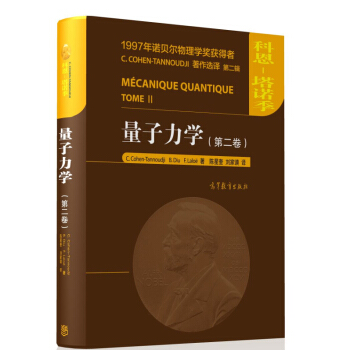
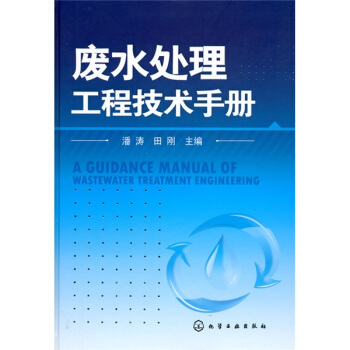
![量子电动力学讲义 [Quantum Electrodnamics] pdf epub mobi 电子书 下载](https://pic.tinynews.org/11236842/5642d940Nfbcc1d8e.jpg)

![有机合成:切断法(原书第2版) [Organic Synthesis:The Disconnection Approach] pdf epub mobi 电子书 下载](https://pic.tinynews.org/10475310/1c970395-cd82-4650-b3ec-1f8a28c69046.jpg)
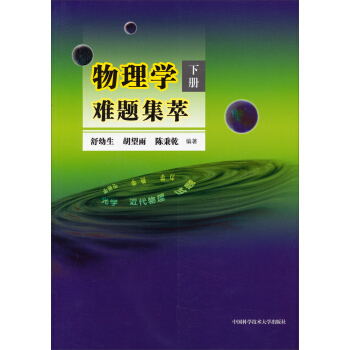
![国外优秀化学教学用书:Atkins物理化学(第7版)(影印版) [Atkins Physical Chemistry(Seventh Edition)] pdf epub mobi 电子书 下载](https://pic.tinynews.org/10002637/56836548N0706cf80.jpg)
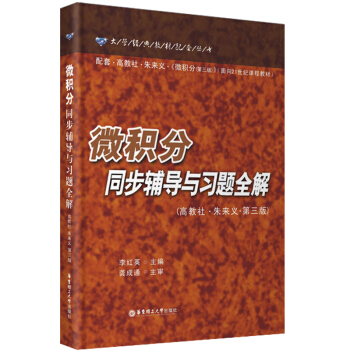
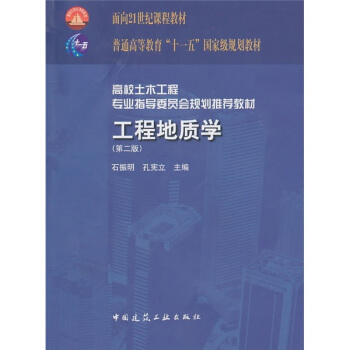
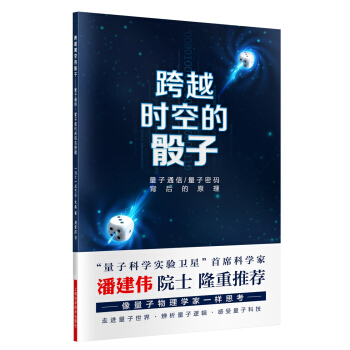
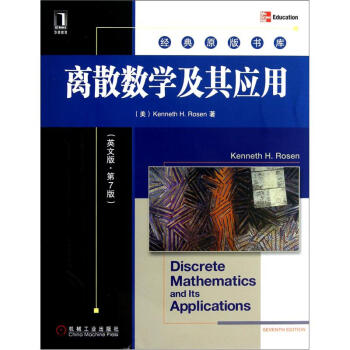

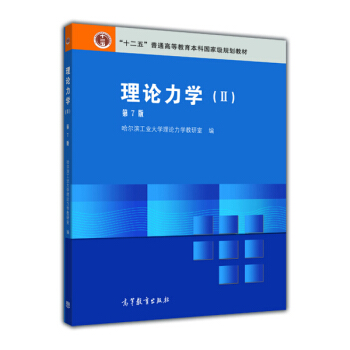
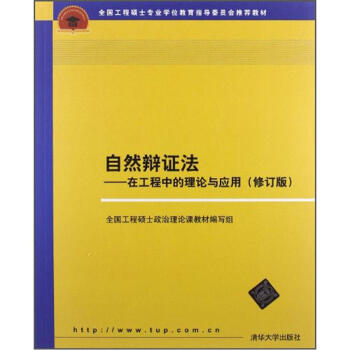
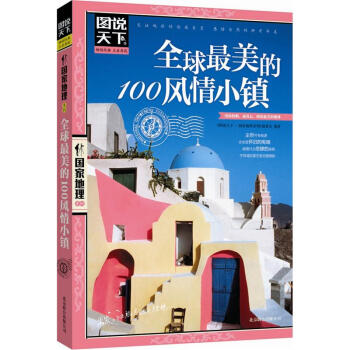
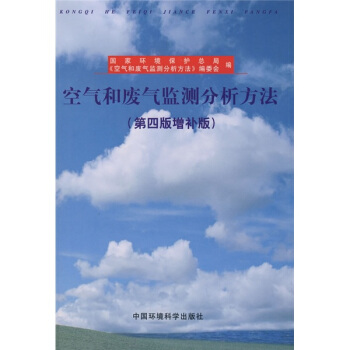
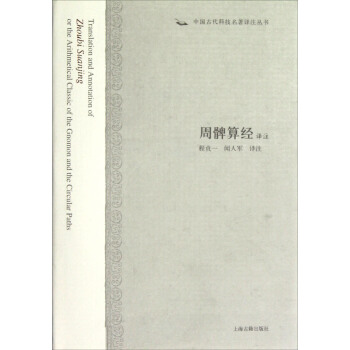
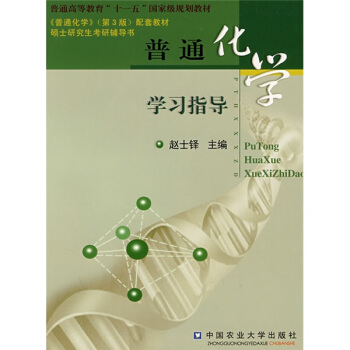
![实分析(英文) [Real Analysis] pdf epub mobi 电子书 下载](https://pic.tinynews.org/11142973/rBEHaVDK7f8IAAAAAADViFV1h6gAADRNgHF3LQAANWg521.jpg)